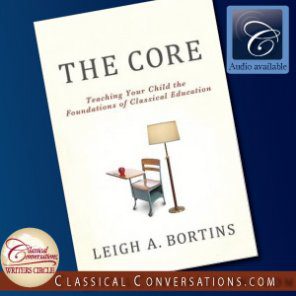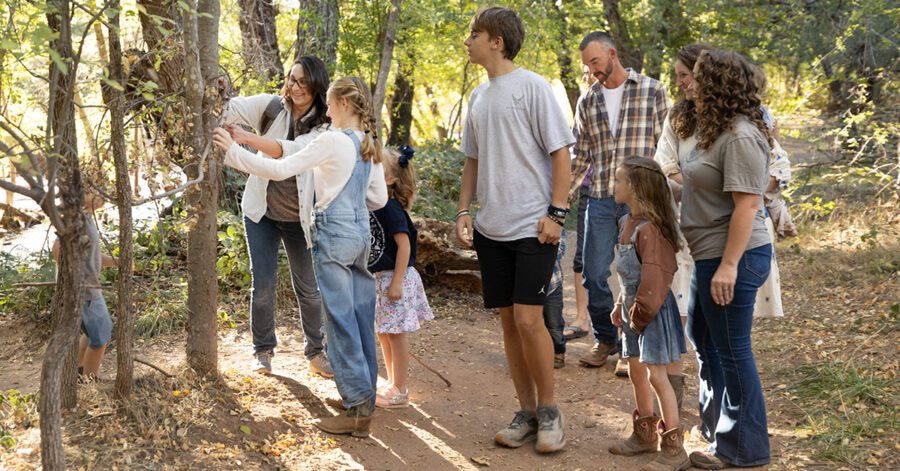Raise your hand if you had a course in geography in school. I suspect that very few of us would be able to raise a hand honestly. My own encounters with geography were spotty at best. I once made a map of the state of Oklahoma out of Jell-O for an Oklahoma history course, and I remember a handful of quizzes on unconnected geography terms. The other day, I leafed through a third grade geography workbook in the home education section of a local store. I was astounded to see that the geography course was actually a course in reading map legends of imaginary cities. The student assignments were to draw maps of places in their own neighborhoods or towns. Surely we need to recover the lost tools of geography!
Geography was once a subject which existed in its own right and required students to memorize countries, capitals, mountains, oceans, rivers, lakes, and geographic terms like peninsula, bay, and plateau. This study has all but vanished, having been replaced by social studies courses in which students learn how to read map legends and create maps to local places of interest. Instead of teaching young children about the wonders of the larger world, they restrict them to the narrow vision of their own neighborhood.
It is a curious paradox that educational leaders claim to be preparing students for a global economy while neglecting to teach students about the places on the globe. Just as students of history must be familiar with important events and people, classically educated students must be familiar with the places. Students of geography who have learned the location of Orleans have a more complete understanding of Joan of Arc. Students who can find the exact location of the Swiss Alps will both understand and enjoy reading Heidi more completely. Students who know the countries of Africa will connect with news stories about wars and natural disasters. Perhaps they will even choose a mission field.
In The Core, Leigh Bortins explores some specific and simple ways to recover the lost tools of geography. One fundamental skill to recover is that of cartography–having students draw their own maps. Prior to copy machines, this was one important way in which students mastered geography. They drew their own maps with only pencil, paper, and an atlas for reference. Even very young students can draw lines and blobs on the paper to represent the Great Circles and the continents.
Here are the steps for beginning with your family:
Make the project fun for the whole family by listening to great classical music or literature while everyone (including mom and dad) draws. For detailed instructions and sample maps drawn by students, please see chapter 7 of The Core.
As children master the above material, you can add more details to one continent at a time. Have your children draw one continent each week. They should work on improving the details of their outline of the continent. In addition, they should label the countries on that continent and ten physical features such as rivers, mountains, or lakes. Another time each week, have them review previous maps that they have created.
If your children are in Foundations, they will practice these fundamental skills during your community day and in geography camp (ages 6-8) at summer Parent Practicums. Children in Challenge A will practice drawing world maps all year and will memorize countries, capitals, mountains, rivers, lakes, and the definitions of geography terms. The map-drawing exercises outlined above will be excellent preparation for Challenge A. If your child missed Challenge A, it’s not too late. An older Challenge student can practice drawing maps with their younger siblings or drawing maps of the continents in their Challenge readings.
Above all, approach geography with your family as an exciting new adventure of exploring God’s world together. When classical, Christian students memorize the definitions of terms, they understand the variety of God’s creation. When they learn a bit about a small country like Slovenia, they develop a heart for His people. A child who does not know much about the world around him will have narrow horizons. Like all other core subjects, geography opens doors and expands horizons. So, open the doors and let your children walk through.
Parent Resources for Geography
CC Connected has plenty of maps to memorize and trace.
National Geographic and Enchanted Learning have lots of great maps and map games. Use their maps to trace until your student is confident enough to copy from a map onto a blank piece of paper.
Compact Atlas of the World. New York: DK Publishing, 2005. The Compact Atlas has many facts to add to your maps besides political boundaries and physical features. This atlas is a great geography reference book for home and classroom.
To read Jennifer’s other articles about The Core, click on the links below:
- The Core Chapters 1-3: Back to School (Exploring the Classical Model)
- The Core Chapter 4: The Core of a Classical Education Reading
- The Core Chapter 5: The Core of a Classical Education: Writing
- The Core Chapter 6: The Core of a Classical Education: Math
- The Core Chapter 7: The Core of a Classical Education: Geography
- The Core Chapter 8: The Core of a Classical Education: History
- The Core Chapter 9: The Core of a Classical Education: Science
- The Core Chapter 10: The Core of a Classical Education: Fine Arts




